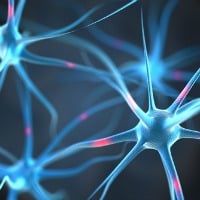University of Lund scientists have discovered that neurons possess vastly greater capacity than previously thought. It has been found that individual neurons can do more than just process a single signal, but can be taught to remember sequences and patterns. According to researcher Dan-Anders Jirenhed, our brain’s ability to learn exceeds anything previously understood.
The principles from the study could give scientists the means to create future treatments and therapies for learning disorders such as ADHD, Autism, as well as other language disorders. The discovery may have huge ramifications in the field of Artificial Intelligence (AI) as researchers struggle to make computers the equal of the human brain.
Individual Neurons Learn & Remember Patterns
Researchers found the individual cells that control motor coordination (Purkinje cells) have the ability to learn in a more sophisticated way. Previous studies showed that an entire neural network was needed before learning occurred.
The new study showed that motor coordination relies less on neural networks and more on mechanisms inside cells, which suggests the storage capacity for information in each neuron is far greater than scientists formerly believed.
Researchers at Lund taught individual neurons to identify different signals. Over a number of hours, the cells learned a series of patterns and eventually would respond to the stimuli with the same sequence.
New AI Algorithms To Match the Human Brain
The most exciting possibilities are for artificial intelligence applications or deep learning algorithms which use neural network based programs. Computer scientists need to know how our brains accrue information before building AI that is more human-like.
The Lund study is evidence that our minds use individual neurons to learn instead of using whole neural networks. This has implications when building future AI algorithms, as more effort must be placed on designing programming code that mimics single neurons. If computer scientists can implement this successfully, AI will be able to perform complex tasks more efficiently and start to bridge the gap between intelligent machines and the human brain.




